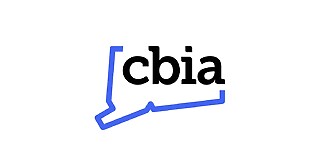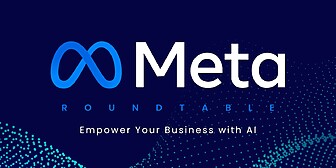Year’s End Brings Retirement Plan Administrative Tasks

Employers who sponsor employee retirement plans are responsible for completing a series of administrative tasks as the year comes to a close.
Any plan that made discretionary plan design adjustments—including changes in matching or fixed nonelective contribution formulas, employer contributions, vesting, eligibility, automatic enrollment, and automatic increases—must adopt conforming amendments by Dec. 31, 2020.
However, plan sponsors do not have to make amendments this year for optional provisions of the Setting Every Community Up for Retirement Enhancement Act and the Coronavirus Aid, Relief, and Economic Security Act.
Plans have until the end of the 2022 plan year to adopt conforming amendments even if the changes took effect in 2020.
Pooled employers plans, created under the SECURE Act, can begin operating as soon as Jan 1, 2021.
This allows employers who have no common interest or ownership to align to provide a multiple-employer plan.
The multiple-employer plan must designate a pooled plan provider as a named fiduciary and plan administrator. The provider must register with the U.S. Labor and Treasury departments before starting operations.
Part-Time Employees
The SECURE Act also requires 401(k) plans to allow part-time employees who worked at least 500 hours for three straight years to contribute to the plan.
Employers are not required to make matching contributions to these accounts unless the employee’s contribution meets the plan’s requirements for employer contributions.
The IRS clarified earlier this year that, for eligibility purposes, 12-month periods that start before Jan. 1, 2021 cannot be considered.
This means employers won’t have to worry about enrolling a part-time employee in the retirement plan until 2024.
However, the IRS said beginning Jan. 1, 2021, employers will have to track and retain records of part-time workers.
Vesting Credit
The IRS requires employers to credit long-term part-time employees with a year of vesting service for employer contributions for each year the employee works 500 hours, including years before 2021.
However, the vesting credit will only apply if employer contributions are subject to a vesting schedule.
Employers who lay off workers or have other workforce reductions should determine whether a partial plan termination happened.
This is when more than 20% of a plan’s participants leave are no longer in the plan due to employer actions.
The law requires all affected employees to be fully vested in their account balance as of the date of a full or partial plan termination.
Employers with a pre-approved defined contribution plan have two years to restate their plan documents. The two-year period began Aug. 1, 2020.
Plan Disclosures
The U.S. Labor Department in May announced a final rule that provides a safe harbor for plan administrators by allowing them to post retirement plan disclosures online or send them to workers by email.
Plan sponsors who want to do this should consult with their plan administrator.
The CARES Act also temporarily increases the maximum loan limit and extends the repayment period for plan loans made to qualified individuals.
Participants with outstanding loans coming due and payable in 2020 were allowed to suspend loan repayments through Dec. 31, 2020 under the CARES Act. The next repayments must be adjusted to reflect the delay and any interest accrued during that time.
Coronavirus Withdrawals
The CARES Act allows participants to take up to $100,000 in distributions from their 401(k), 403(a), 403(b) plans, government -sponsored 457(b) plans and individual retirement accounts.
These distributions are not subject to the 10% early withdrawal penalty for distributions made before the age of 59-½, and may be repaid in one or several contributions within three years.
Income taxes on the distribution may also be paid ratably over three years.
The CARES Act also waives for the 2020 calendar year the required minimum distribution requirements for 401(k), 403(a), 403(b), and 457(b) plans, and IRAs.
This temporary waiver applies to anyone with the minimum distribution due in 2020.
Birth, Adoption
Beginning Jan. 1, 2020, employers are allowed to grant qualified birth or adoption distributions of up to $5,000 as a penalty-free early withdrawal for expenses related to a birth or adoption.
The maximum $5,000 distribution must be made during the one year after the birth or adoption.
Participants who make this withdrawal are allowed to recontribute the distribution to the plan.
According to the IRS, the $5,000 maximum distribution applies separately to each parent for every child born or adopted in a one-year period.
So parents who adopt two children would each be eligible to take up to $10,000 that would count as a qualified birth or adoption distribution.
An eligible adoptee is anyone who has not reached age 18 or is incapable of self support, but cannot be a child of the taxpayer’s spouse.
Plan administrators are required to provide safe harbor notices, qualified default investment alternative notices, and automatic enrollment notices to participants at least 30 days before the Dec. 1 start of the plan year.
RELATED
EXPLORE BY CATEGORY
Stay Connected with CBIA News Digests
The latest news and information delivered directly to your inbox.



